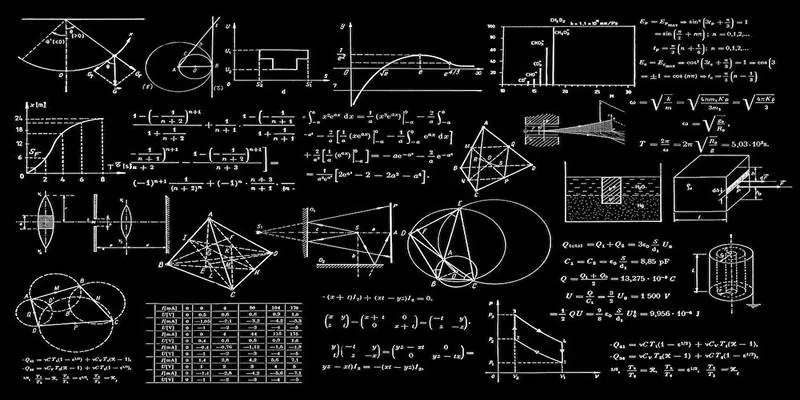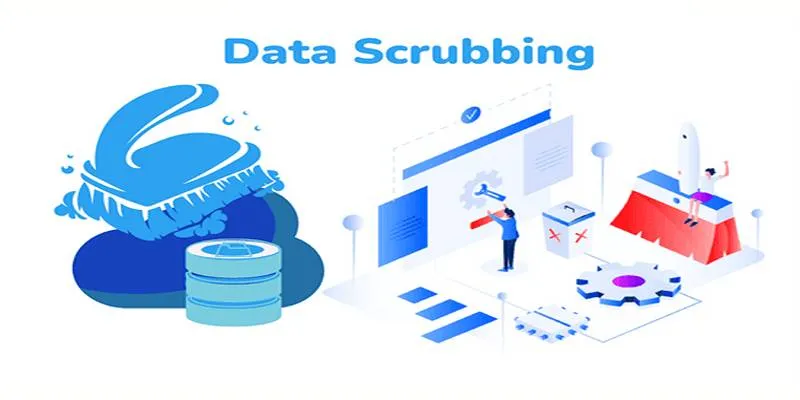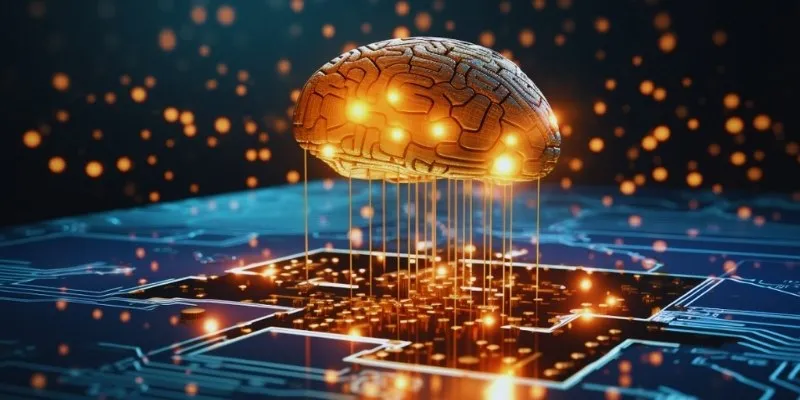As digital transformation continues to grow, the demand for data-focused tools has surged. Two key terms frequently discussed in this realm are data science and machine learning. Although they are often mentioned together, they are distinct concepts. This guide delves into the differences between data science and machine learning , examining their objectives, methodologies, tools, and real-world applications.
What Is Data Science?
Data science is a comprehensive field that involves collecting, organizing, analyzing, and interpreting vast amounts of data to enable informed decision- making. It draws from computer science, statistics, and domain expertise to uncover patterns and insights. Data scientists play a crucial role in helping organizations make sense of their data.
A data scientist might handle unstructured data from emails, images, or videos, as well as structured data like customer databases. The primary goal is to transform this raw data into actionable insights that facilitate decision-making.
Core Tasks in Data Science
- Gathering and cleaning data from various sources
- Using statistical tools to explore and analyze datasets
- Creating visualizations and dashboards
- Building models to forecast trends or behaviors
- Communicating insights clearly to decision-makers
Data science is not just about algorithms; it’s about understanding the problem and presenting results in a meaningful way.
What Is Machine Learning?
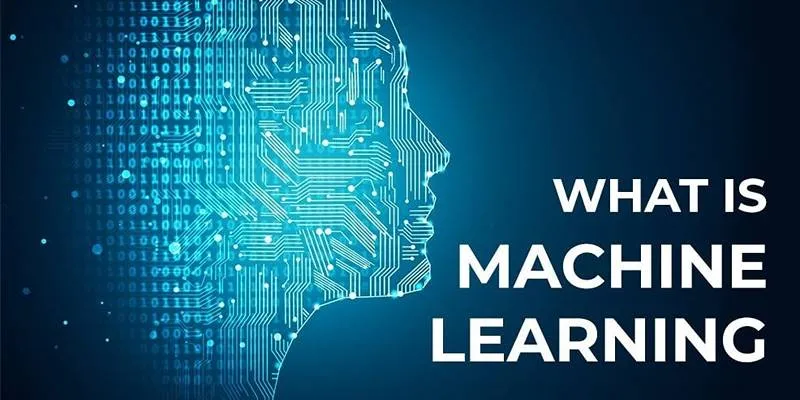
Machine learning is a subset of artificial intelligence that focuses on creating systems capable of learning from data and making decisions or predictions without explicit programming. It relies on algorithms that identify patterns and improve performance over time as more data is provided.
Unlike traditional programming, where rules are manually coded, machine learning allows the system to derive rules from historical data. These models are widely used in applications such as spam filters, recommendation engines, and fraud detection.
Core Tasks in Machine Learning
- Selecting and preparing datasets for training
- Choosing and applying learning algorithms
- Evaluating model performance using test data
- Fine-tuning models for better accuracy
- Automating tasks based on learned patterns
Machine learning primarily focuses on automation and prediction rather than business decision-making, although both can be synergistic.
The Key Differences Explained
While data science and machine learning both utilize data, their approaches differ. Data science concentrates on understanding data to guide decisions, whereas machine learning focuses on building systems that use data for predictions or task automation.
Here’s a comparison:
| Aspect | Data Science | Machine Learning |
|---|---|---|
| Goal | Extract insights from data | Make predictions or decisions |
| Scope | Broad (includes analysis, reporting) | Narrow (focused on algorithms/models) |
| Skills Needed | Statistics, data wrangling, visualization | Programming, math, and algorithm design |
| Tools | SQL, Python, R, Tableau, Excel | Scikit-learn, TensorFlow, Keras, PyTorch |
| Use Cases | Business analytics, reporting, forecasting | Product recommendations, fraud detection |
| Output | Reports, dashboards, strategic insights | Predictive models, real-time systems |
Although they serve different purposes, machine learning is often considered a tool within the broader domain of data science.
How They Work Together
In many real-world scenarios, data science and machine learning complement each other. A data scientist may employ machine learning techniques as part of a larger project to derive smarter insights. For example, when predicting customer churn, data scientists might first clean the data and then apply machine learning models to identify patterns leading to customer loss.
In such workflows:
- Data science sets the stage by preparing and analyzing the data
- Machine learning builds models based on that data
- Data science interprets the model’s results to provide business value
Thus, machine learning can be seen as a specialized branch of data science focused on model creation.
Tools Used in Each Field
Each discipline employs its own set of tools to effectively perform tasks.
Common Data Science Tools
- Python (with Pandas and NumPy): For data manipulation and analysis
- SQL: For querying databases
- Excel: For simple data tasks and summaries
- R: Especially useful for statistics-heavy projects
- Power BI or Tableau: For visualizing data trends
These tools assist data scientists in handling raw data, creating summaries, and delivering insights in a digestible format.
Common Machine Learning Tools
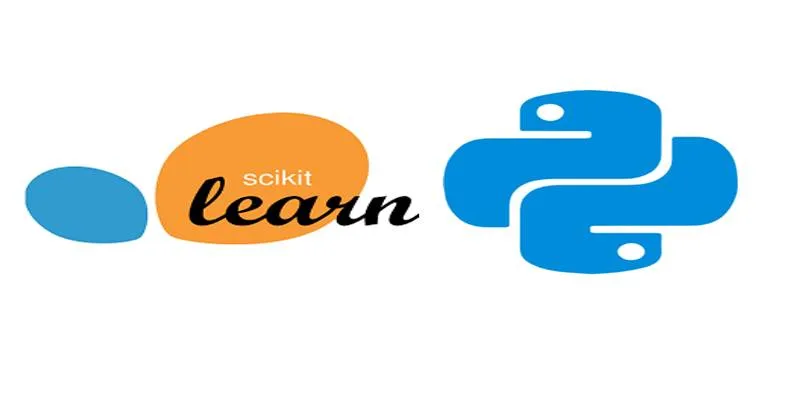
- Scikit-learn: Widely used for classical machine learning models
- TensorFlow and Keras: Popular for deep learning and neural networks
- PyTorch: Known for flexibility in research environments
- XGBoost: Excellent for boosting algorithms in structured data tasks
- Google Colab or Jupyter Notebooks: For testing and running ML code
While there’s some overlap in languages and platforms, their purposes differ.
Real-World Examples
Understanding how these fields work in practice helps clarify their distinctions.
Example 1: Streaming Service
A streaming platform might use data science to analyze which shows are most popular by age group or location. These insights are then shared with the content team to inform future investments. Simultaneously, the platform might use machine learning to develop a recommendation engine that suggests movies based on a user’s viewing history.
Example 2: Banking
In the finance industry, data science may help identify trends in customer behavior, such as the age group that uses mobile banking the most. Meanwhile, machine learning can detect fraudulent transactions in real-time by identifying unusual patterns.
Example 3: Healthcare
Data scientists in healthcare might create dashboards showing patient recovery rates across hospitals. Meanwhile, machine learning models could predict a patient’s risk of developing certain conditions based on historical data. These examples illustrate that while data science examines “what happened” and “why,” machine learning focuses on “what will happen next.”
Conclusion
Understanding the difference between data science and machine learning is crucial in a data-driven world. Data science involves extracting insights and making informed decisions, whereas machine learning creates systems that learn and predict outcomes. While both rely on data, they serve distinct roles. Together, they form the backbone of today’s digital advancements—one explaining the past and present, the other shaping the future.
 zfn9
zfn9
